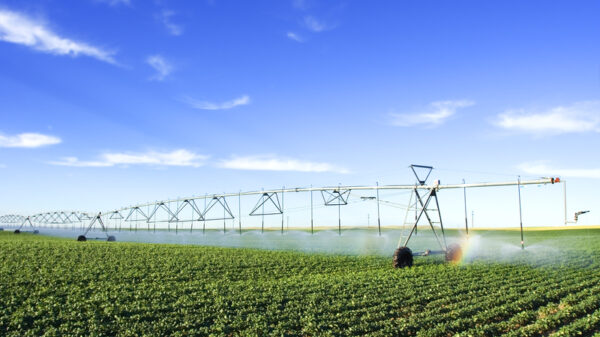Northeast China, recognized as the country’s primary grain-producing region, is at a critical crossroads in its agricultural practices. A recent study published in the journal Agricultural Ecology and Environment outlines the pressing need to balance high crop yields with the preservation of essential ecosystems. This research highlights the conflicts arising from agricultural expansion and offers integrated strategies for a more sustainable future.
Over the past four decades, farmland in Northeast China has nearly doubled, while the area of natural wetlands has decreased by more than 25 percent. The conversion of wetlands into agricultural land, coupled with intensive irrigation practices, has significantly affected local water systems. Consequently, there have been declining river flows, reduced groundwater levels, and a fragmentation of habitats critical for wildlife, including fish and migratory birds like the red-crowned crane.
“Rapid agricultural development has brought great benefits but also serious ecological challenges,” stated Huan Liu, the corresponding author from the China Institute of Water Resources and Hydropower Research. The research team aimed to pinpoint practical methods to synchronize food production with ecological sustainability.
To investigate these issues, the researchers employed a combination of satellite data, field monitoring, and sophisticated hydrological models. They focused on significant river basins, particularly the Songhua and Liaohe Rivers, to assess how agricultural practices have disrupted natural water cycles. Their findings indicate that excessive irrigation and inadequate drainage have altered flood patterns and severed connections between wetlands.
The study proposes several key strategies to mitigate these ecological challenges. One approach includes establishing a wetland compensation mechanism that mandates ecological restoration when natural wetlands are repurposed for agriculture. Furthermore, the researchers advocate for clear limits on agricultural water consumption to combat groundwater depletion. They also recommend the development of long-term ecological water replenishment systems and the optimization of farmland and wetland spatial distribution to maintain ecological balance.
In a notable case study, the research team demonstrated that diverting water from nearby rivers effectively restored 400 square kilometers of the Zhalong Wetland, a crucial habitat for cranes. By strategically timing water releases, the project enhanced both water quality and habitat conditions for local wildlife.
The findings also emphasize the importance of protecting or restoring priority wetland areas, particularly around the Songnen and Sanjiang Plains. These regions serve as vital stopover sites for migratory birds, reinforcing the need for ecological connectivity.
“Our findings show that agricultural and ecological goals can be aligned through science-based management,” remarked co-author Qin Yang. “With proper planning and water allocation, we can support both food security and biodiversity.”
The authors believe that the approaches identified in this study could serve as a valuable framework for other regions grappling with similar challenges between agricultural intensification and ecosystem preservation.
This research underscores the necessity of addressing the dual demands of food production and ecological health in Northeast China, ensuring that both can thrive in harmony for future generations.
The full study can be referenced as follows: Hu P, Yang Z, Liu H, Yang Q, Wang X, et al. 2025. Core tensions and integrated strategies for balancing agricultural development and ecological protection in Northeast China. Agricultural Ecology and Environment 1: e008.


































































